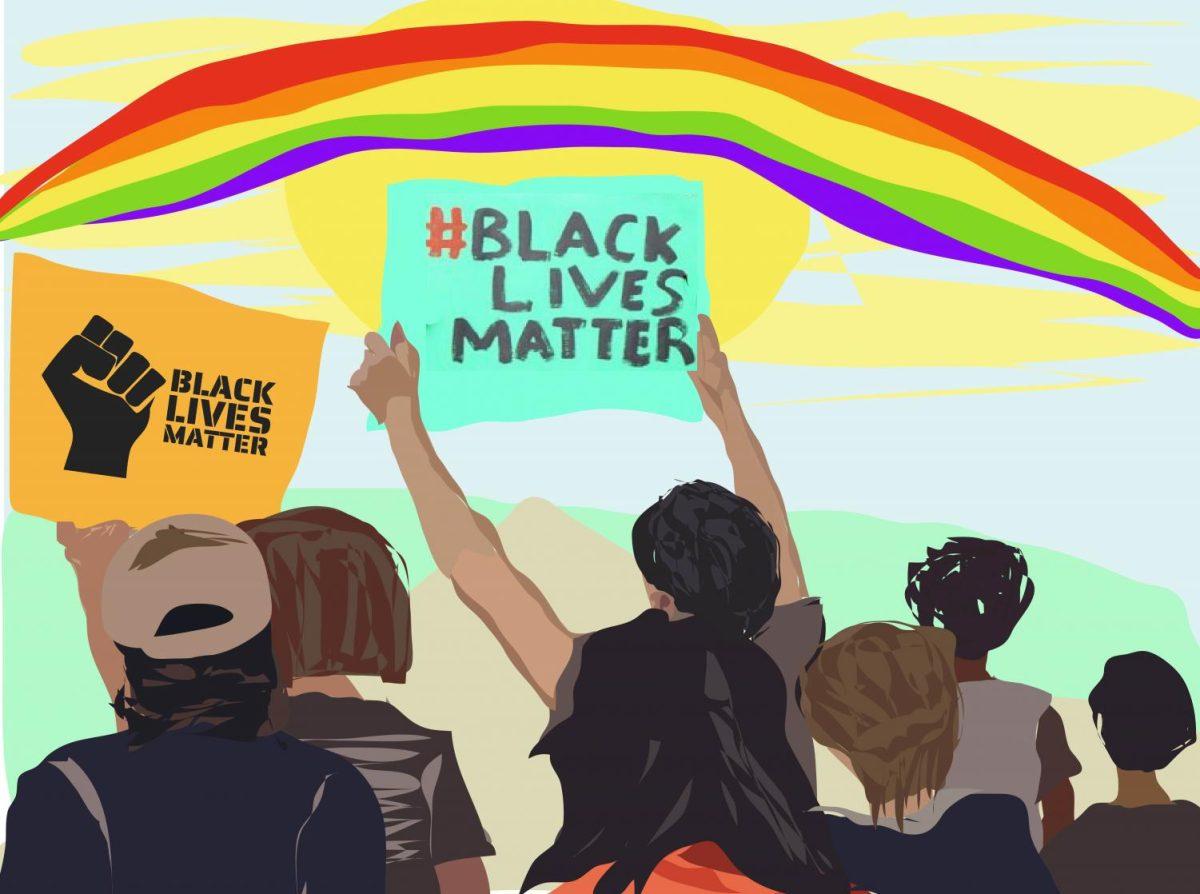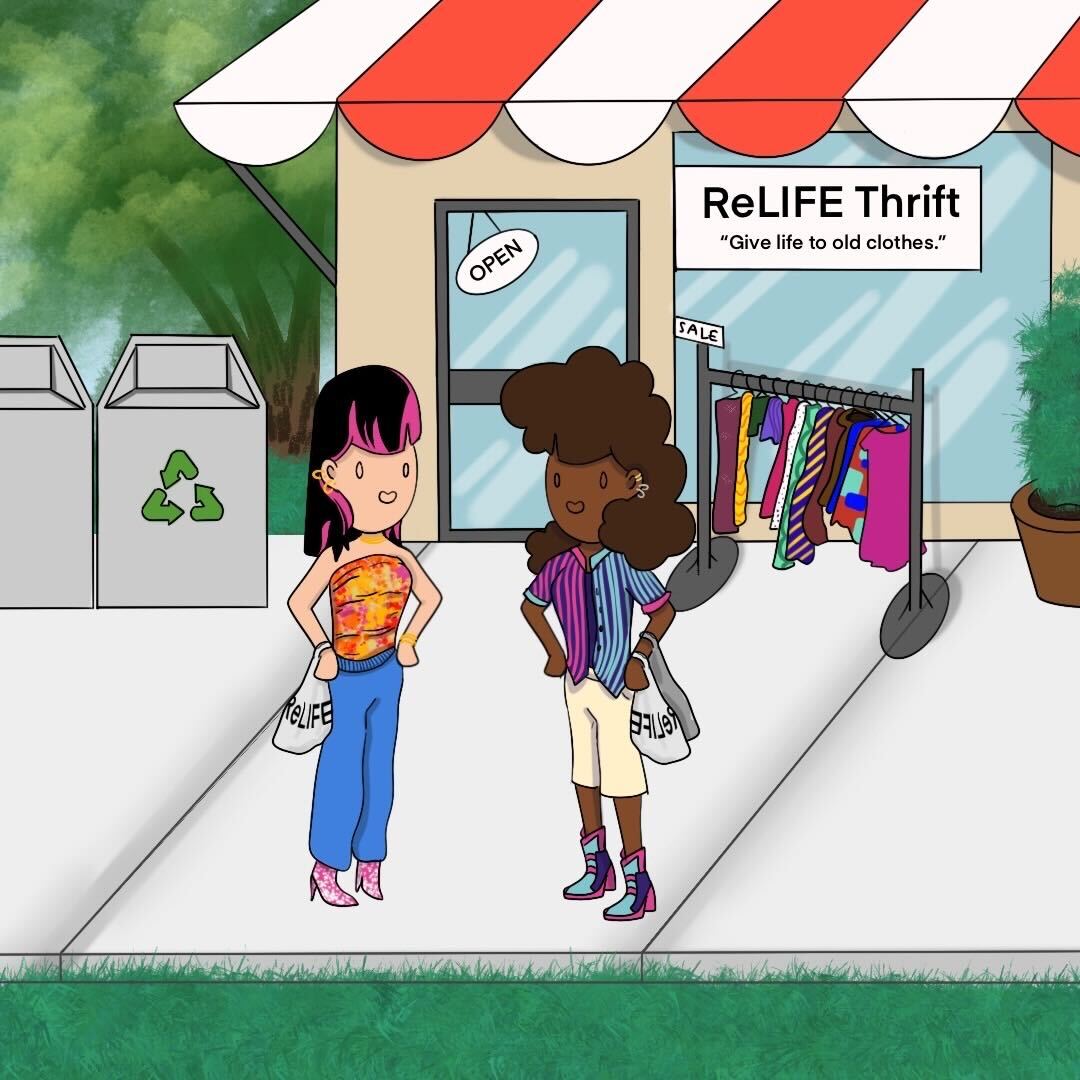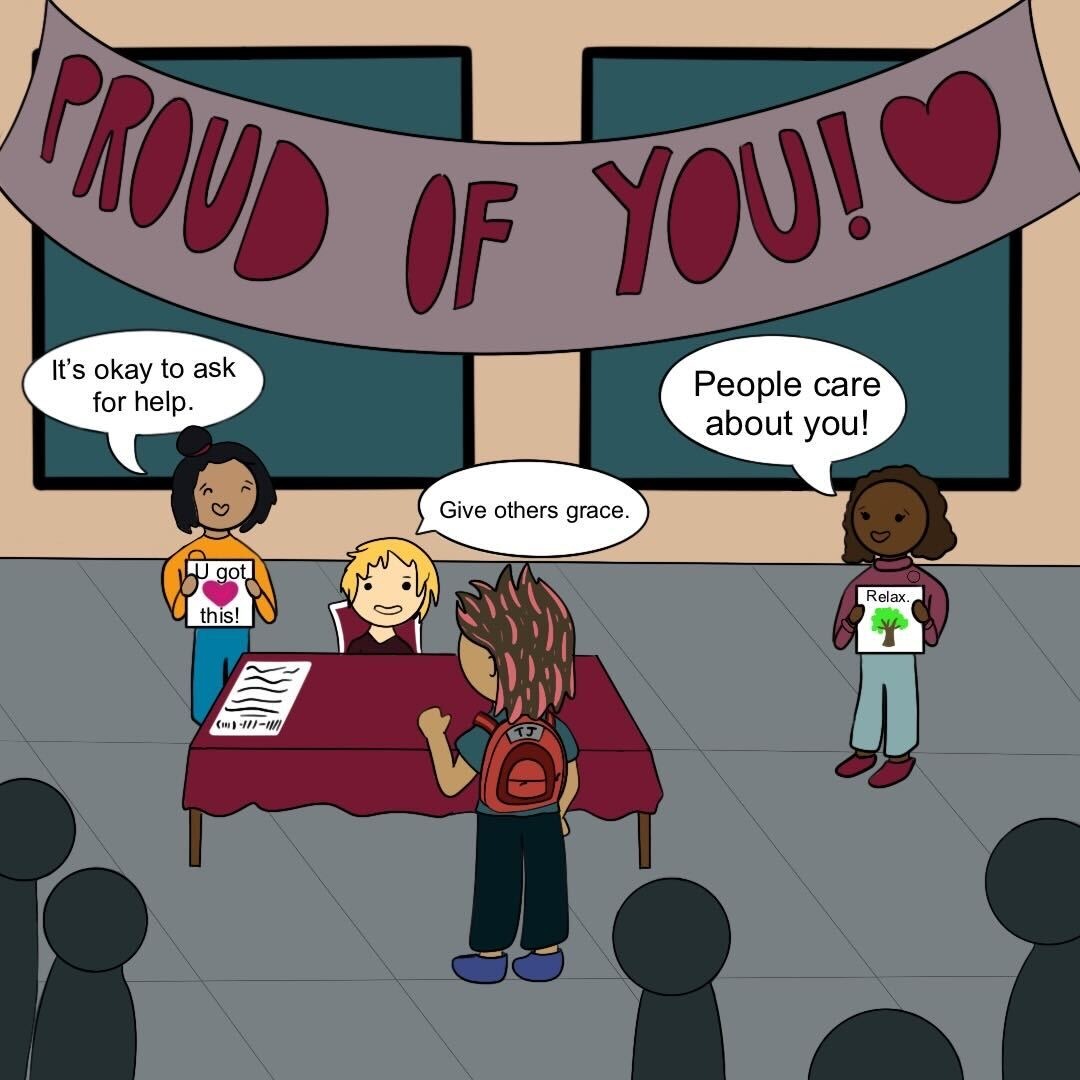Merriam-Webster defines a protest as a solemn declaration of opinion and usually of dissent; the act of objecting; or a gesture of disapproval. On the other hand, a riot is defined as a violent public disorder, specifically a tumultuous disturbance of the public peace.
The key between the two definitions is the word violent. Protesting peacefully is acceptable—the human on human violence often involved in rioting is not.
On May 30 in Dallas, there were reports of a man attacked by rioters in the street—left for dead. The video footage from this incident shows the man, who is eventually attacked, charging at a group of rioters/protesters wielding a machete. Whether or not this act was to protect his store, neighborhood or other, it was still an act of violence that was later handled with more violence.
The end of the video shows the man on the ground being repeatedly kicked and hit with various objects by a large group of people. Though the man initially attacked others who were unarmed, the group in turn responds by attacking him. It appears that violence created more violence.
In response to violent protesters, police have been using “less-lethal” force on crowds who throw rocks and water bottles, many of them injuring police officers. As violence breeds violence, the police respond—arguably excessively—by quelling crowds with bean-bag rounds and tear gas, leaving many people injured.
During another series of protests in Dallas, rubber bullets were used to disperse the crowd. A demonstrator, Brandon Saenz, reportedly lost an eye to a rubber bullet, though the Dallas Police Department has yet to confirm this was caused by their actions.
And in Austin, Texas State student Justin Howell suffered serious head and brain injuries when an Austin Police Department officer fired a beanbag round. The officer was reportedly aiming at a protester next to Howell, who had just thrown a water bottle and a bag at police officers.
While some of these protests have not been labeled as riots—for instance, the Austin protest—some protesters have reacted aggressively by throwing rocks and other projectiles at police. In response, the police also respond aggressively with crowd dispersal tactics; in some cases much more aggressively than necessary, firing on crowds that were initially peaceful.
In these troubled times, both police and protesters need to lessen their aggressive responses to each other. At this point, both are now causing the problems of violence within the protests across the nation.
Understandably, it is difficult to remain peaceful while being shot at and tear-gassed. But it is important to keep in mind that not all peaceful protests are under attack.
Across the country, law enforcement has marched with protesters, showing that both can act peacefully toward one another. If this is possible, it is what all should try to achieve in every protest—coming together peacefully—and remaining nonviolent.
Many rioters or protesters will say that acting violently is the only recourse for the systemic racism Black people experience. But protesters cannot expect to make headway for the Black Lives Matter movement by responding to violence with violence.
Instead, protesters should attempt to bridge the gap of violence between the police and the people, and thereby create a longer-lasting peace. As many of history’s nonviolent protesters—such as Martin Luther King Jr. and Rosa Parks—showed us decades ago, there is a force to be seen and felt in protesting even without violence.
People are more likely to respond negatively to a violent protest than to a peaceful one. Studies show that nonviolent protesting can be doubly effective when compared to violent ones; approximately 53% of unarmed protests succeed, compared with the 25% success rate of armed protests.
In a time filled with so much civil unrest, Texas State students and San Marcos residents should continue to protest peacefully, making sure they are not endangering themselves or others.
The violent and disturbing death of George Floyd should not incite or inspire more violence, for harming others to prove a point does not prove a point successfully. Protest peacefully, therefore, and stop the violence.
-Alexa Nichols is an English literature graduate
Opinion: Rioting is not an effective way to incite change, peaceful protests are
June 22, 2020
0
Donate to The University Star
Your donation will support the student journalists of Texas State University. Your contribution will allow us to purchase equipment and cover our annual website hosting costs.
More to Discover











